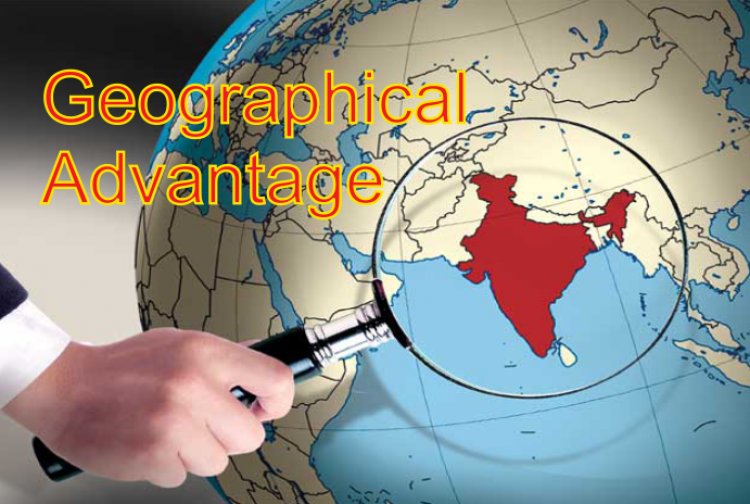The Geography of Power, In North, South & West India
Asia News Agency

The 'North-South divide’ has been debated for many years, more so now after the return of the Congress to power in Karnataka and Telangana and the reassertion of dominance within the Hindi-speaking states by the BJP.
Prime Minister Narendra Modi has rejected the thesis of a North-South divide. In fact, writes Sanjaya Baru (political commentator and policy analyst) “he was right to do so for at least one reason. Real political power today vests with two leaders from the western state of Gujarat, Mr Modi himself and Union home minister Amit Shah, with almost all the ‘North' Indian leaders within the BJP, save Yogi Adityanath, politically marginalised.”
Political power divide ‘is not North vs South but West vs Rest’
The political power divide, if any, “is not North vs South but West vs Rest.
“There is no member of the Union council of ministers apart from the Prime Minister and the home minister who can claim to have an independent political standing and can assert their right to a ministerial berth. In fact, most ministers in charge of key portfolios, including finance and external affairs, are political nonentities. So, the real political power divide in geographical terms can be better described as a ‘West and the Rest’ divide."
Writing abut the other dimension of power, Baru argues “even though the South-West of the country, or rather Peninsular India, from Gujarat through Maharashtra, Karnataka, Tamil Nadu, Andhra Pradesh and Telangana, is the industrially and economically more developed region of India, business and financial power remains largely concentrated among groups from the two or three western states of Maharashtra, Gujarat and Rajasthan.
“…..The Forbes list of the top 100 wealthiest Indians in 2023 shows that 71 of them are from the West and North and only 25 from the South. None of the southern 25 wield the kind of clout that the top 10, that include Ambani, Adani, Tata, Jindal, Damani, Birla and Hinduja, have.”
The ‘Gujarati power elite’
Various political parties and commentators have referred to the ‘Gujarati power elite’ that dominate India’s power structure. The geography of political and economic power, writes Baru “is therefore oriented more to the West than the North. However, given the fact that the BJP is essentially a North Indian, ‘Hindu-Hindi’ party, one can argue that the power structure in India is tilted towards the North-West and away from the South-East.”
In politics today, “there isn’t a single South Indian or East Indian political leader of any consequence at the national level.” In business, we have already seen the dominance of the West. In the bureaucracy, Baru draws “attention to the decline in the number of South Indians in positions of national power. While the finance and external affairs ministers are South Indians, they enjoy no political power of their own. Apart from Mallikarjun Kharge, no South Indian leader has any presence even within the INDIA Opposition coalition.”
The geography of power, thus “is slanted overwhelmingly towards the North and West, despite the South being more developed and the East being better endowed with natural and cultural resources.”
















